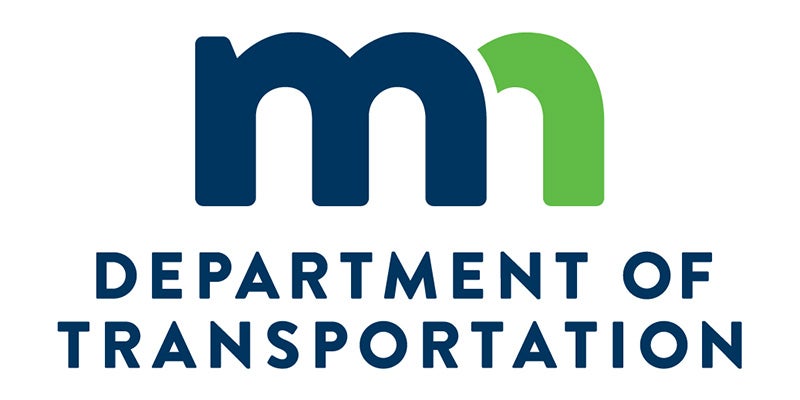State Auditor Rebecca Otto releases Report on City Finances
Published 7:31 am Thursday, December 20, 2018
State Auditor Rebecca Otto released the 2017 Minnesota City Finances Report on Tuesday.
The report summarizes the financial operations of 846 Minnesota cities for calendar year 2017.
“The annual city finance report provides for transparency of city finances,” Otto said. “The report also provides analysis on long-term financial trends for large and small cities across Minnesota, which may be helpful for policymakers at the Capitol.”
Total revenues of the governmental funds for all Minnesota cities totaled $5.54 billion in 2017, an increase of 2.1 percent over 2016 revenues.
Total revenues of cities over 2,500 in population increased 2.2 percent, and revenues of cities under 2,500 in population increased 1.1 percent.
The report analyzed short-term trends. In 2017, total expenditures of the governmental funds for all cities totaled $6.38 billion. This represents an increase of 1.3 percent over 2016. Total expenditures for cities over 2,500 in population increased 1.4 percent, while those under 2,500 in population increased 0.1 percent in 2017.
The largest expenditure categories for both groups of cities are streets and highways and public safety. For large cities, streets and highways accounted for 23.0 percent of total expenditures and public safety accounted for 27.0 percent. For small cities, streets and highways accounted for 25.7 percent of total expenditures, and public safety accounted for 23.0 percent.
The report also examined long-term trends. Over the period of 2008 to 2017, an examination of city revenues shows that, when adjusted for inflation, revenues increased 0.7 percent over the ten-year period.
Between 2008 and 2017, actual revenues derived from property taxes grew 39.7 percent, compared to an increase of 8.9 percent for revenues derived from intergovernmental sources. Additional analysis of actual intergovernmental revenues over the ten-year period shows federal grants decreased 32.8 percent, state grants increased 17.1 percent, and local grants increased 41.7 percent. When revenues are adjusted for inflation, the ten-year period shows an 18.4 percent increase in property tax revenues, while intergovernmental revenues decreased 7.6 percent.
The proportion of total revenues derived from property taxes grew from 34.7 percent in 2008 to 40.8 percent in 2017. During this same time frame, revenues derived from intergovernmental sources decreased from 25.3 percent of total revenues to 23.2 percent.
Between 2008 and 2017, an examination of city finances shows that, when adjusted for inflation, 2017 expenditure levels are below 2008 levels and decreased 2.2 percent over the ten-year period. Over the same period, actual total city expenditures grew from $5.53 billion to $6.38 billion. This represents an increase of 15.4 percent.
Although inflation-adjusted total expenditures decreased 2.2 percent over the ten-year period, a comparison of the two five-year periods of 2008-2012 and 2013-2017 reveals a significant reversal during the most recent period. From 2008 to 2012, inflation-adjusted total expenditures decreased 9.5 percent, while from 2013 to 2017, inflation-adjusted total expenditures increased 12.1 percent.
To view the complete report, which includes an Executive Summary, graphs and tables, go to https://www.auditor.state.mn.us/default.aspx?page=20181217.004.




